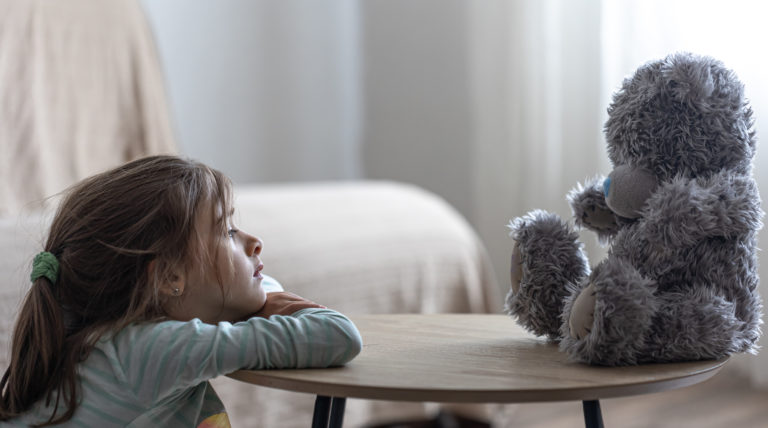During, or in the aftermath, of a widely publicised terror attack, in the UK or beyond, children and young people may experience a wide range of emotions, including fear, uncertainty, sadness and grief. These emotions can be overwhelming, and it is essential for adults and caregivers to provide support and guidance during these difficult times. In this guide, we aim to offers insights and strategies for talking to children and young people about death, dying, fear, and uncertainty following a terror attack.
Understanding grief and its impact
Defining grief:
- Explain grief in simple terms, emphasizing that it’s a natural response.
- Clarify that grief can show itself in various ways, both emotionally and physically.
Common Reactions to terror attacks:
- Children and young people might experience a range of emotions, including fear, sadness, anger, and confusion – and all at different times.
- Normalize these reactions and reassure them that their feelings are valid and real, but they are safe to talk about.
Talking to children and young people about death and dying with honesty and openness:
- Encourage honest and age-appropriate discussions about death and dying.
- Provide clear, definitive explanations using simple, honest language.
Age-appropriate language:
- Tailor your language to the child’s age and comprehension level.
- Be prepared to answer questions in a straightforward manner.
- Allow Space for questions and let children and young people ask questions and express their thoughts and concerns.
- Reiterate that it’s okay to ask about difficult topics.
Offer comfort and reassurance:
- Remind them that they are loved and supported by their family, friends, and community.
- Hope and Heroes: Share stories of resilience and heroes to inspire hope. Tell them that services are in place to help people, whether injured, displaced or grieving.
Managing fear and uncertainty:
- Discuss the importance of feeling safe.
- Encourage open communication about fears and anxieties.
- Teach coping strategies, such as deep breathing, mindfulness, and creative expression.
- Encourage physical activity and routines to reduce stress.
- Explain that it’s okay to seek professional help when needed.
Create a supportive environment:
- Foster an environment where children and young people feel comfortable expressing their emotions.
- Encourage peer support and connection with others who have experienced similar losses.
Self-care for caregivers:
- Remind caregivers to take care of their own emotional well-being.
- Seek support for themselves to better support their children.
In the aftermath of a terror attack, helping children and young people navigate grief, fear, and uncertainty is a challenging but essential task. By providing open and honest communication, age-appropriate information, and a supportive environment, we can help them process their emotions and build resilience. Together, we can foster healing and hope in the face of tragedy.
Remember, grief is a unique and ongoing process, and every child and young person will cope in their own way and at their own pace. Be patient, compassionate, and understanding as they journey through their grief.
